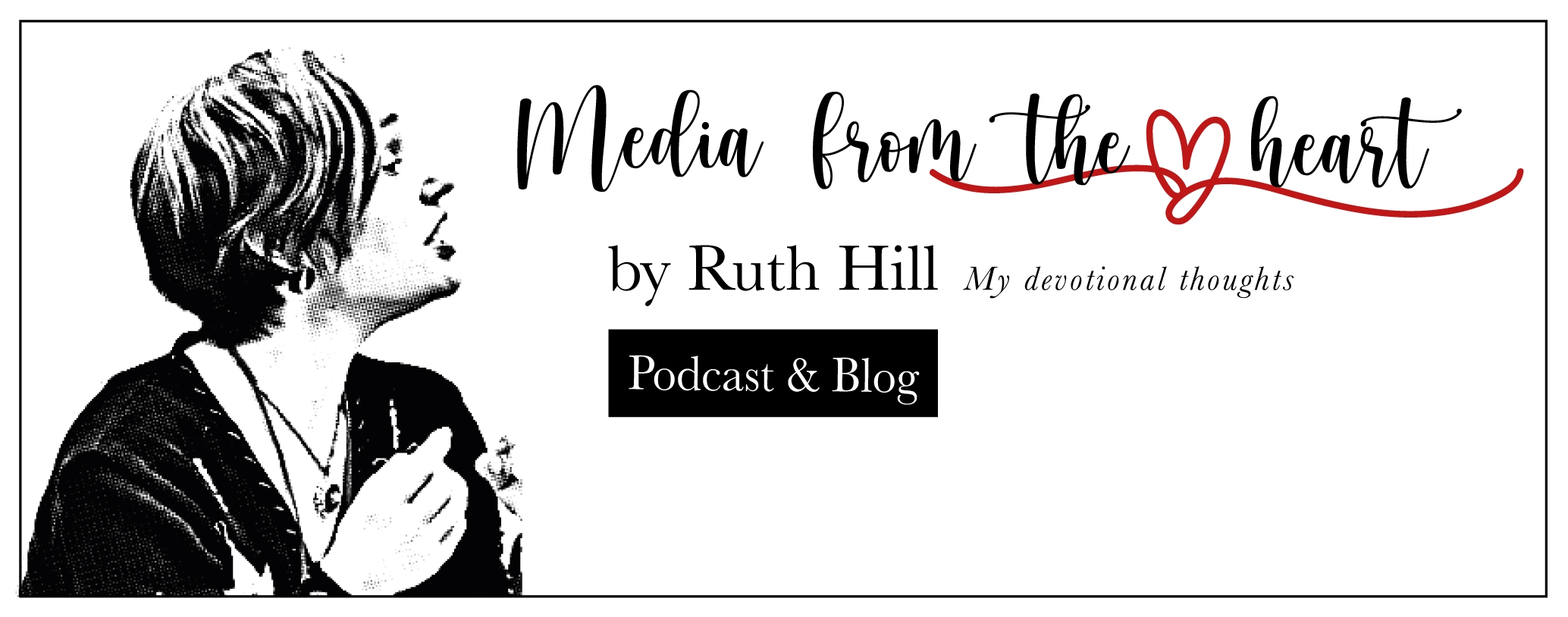What type of consumer are you?
This question is not easy for me to answer because classifying myself as one thing is a challenge. Even though there is no universally accepted classification system, it is easy for me to say what kind of consumer I am not. I do not buy on impulse, and I am not one who regularly gets angry at companies and businesses. I like to be an early adopter at times, but two classifications make the most sense for me: loyal and price-sensitive consumers.
As described by Chatfield, I am one who has an attachment to specific brands and expresses that loyalty through repeat purchases, even over other competitors (2024). However, as further delineated, I am also very much attuned to the price of products I buy, and I will, on occasion, switch to another brand in order to save money. In fact, at times, this technique introduces me to a new brand that may be better than my current one, thus making me a loyal customer of a new brand.
What influences your buying decisions, and how?
This is another area I have never truly considered, and it caused me to do some studying and think about what my strongest influences are. I do not tend to be an emotional buyer, and celebrity endorsements have little bearing, if any, on my purchases. Usually, price and value are the topmost things I consider when making a purchase. I look at the price first whenever I see something I may want to purchase. I will hunt high and low for the best price, and I have been known to spend a considerable amount of time looking for discount codes and coupons to save me even more money.
I do have a tendency to consider how much value this product will provide for me, and if one of the people I trust in this world recommends the product, I may jump in and pay the price even if I think it is a little bit higher in price than I may prefer. While I like purchasing from local companies and companies that are ethical and promote sustainability, there are times I let these things go in order to save money. I do my research, and most of the time, price drives my purchase above anything else.
Which stage actually leads to your purchasing decisions?
I am a researcher, so I must invest time in researching before making a purchase decision. There are a variety of reasons that will inspire this research. A friend, a colleague, an email, or even a TV show can spark an interest in an unmet need I may need to fill. After examining alternatives on various sites–usually accomplished through an Amazon or Google search–I look at reviews and various rankings as well as ingredients and company values of the sites selling potential products that may be able to meet this need. I usually have the results organized by price from lowest to highest or customer recommendations. More often than not, if it is a new product, I will spend time researching and talking it over with my mom. In the end, I get to the stage where I make the purchase (only after ensuring there are no applicable discount codes). There is a sense of satisfaction when I make a good purchase that I know I need, and I get the best product for the best price.
When making a buying decision, how are you influenced by marketing research and marketing design?
I ignore marketing for the most part even though I practically live online with my job. Marketing is less influential than price, quality, and how well the product meets my perceived need. I recognize the typical marketing ploys, such as sponsored placement, online ads, and expert endorsements. I am most affected by customer reviews, and I have come to recognize fake and paid reviews that are not genuine. Once in a while, a timely Facebook or TV advertisement will remind me that I need to look up a particular product, but for the most part, marketing has little effect on me. I much prefer organic posts that are not pushy and provide value that makes me want to purchase from a company or a person.
Do you experience any post-purchase behavior?
I typically experience satisfaction because I did my research and got the best overall deal. According to the best statistics, it is estimated that 80% of customers leave the brand within the first one hundred days (Langomarsino, n.d., Satisfied customers are loyal customers section). I can verify that this statistic is correct because when I leave a brand, it is typically shortly after a purchase. I am a very loyal customer, so when I find a brand I like, I rarely leave. But when I do experience dissatisfaction, I do not want to trust that company again.
For example, I once had an Apple iPod, and when it did not work as it should have, I decided I would never own an Apple product again. It was decades before I was willing to try again, and I only purchased an iPad because it was necessary for my job. Thankfully, I am now a satisfied Apple customer, and I do not hold against them that issue I had way back. Once I have been “burned” by a company, it often takes something outside the company’s control to get me to purchase from them again.
References
Babin, B. J., & Harris, E. (2024). CB (9th ed.). Cengage Learning US. https://mbsdirect.vitalsource.com/books/9798214339405
Chatfield, E. (2024, July 18). 5 types of consumers to market for. Customer Marketing Alliance. Retrieved November 2, 2024, from https://www.customermarketingalliance.com/5-types-of-consumers-to-market-for/
Imagine Hub. (2024, February 29). 5 stages of the consumer Buying decision process. Imagine Hub. Retrieved November 2, 2024, from https://imagine-hub.com/en/blog/consumer-buying-decision-process/
Langomarsino, M. (n.d.). Post-Purchase behavior: getting repeat purchases. Bolt. Retrieved November 2, 2024, from https://www.bolt.com/thinkshop/post-purchase-behavior
Tully, P. (2024, June 13). Factors that influence consumer purchasing decisions. Pimberly. Retrieved November 2, 2024, from https://pimberly.com/blog/factors-influence-consumer-purchasing-decisions/







